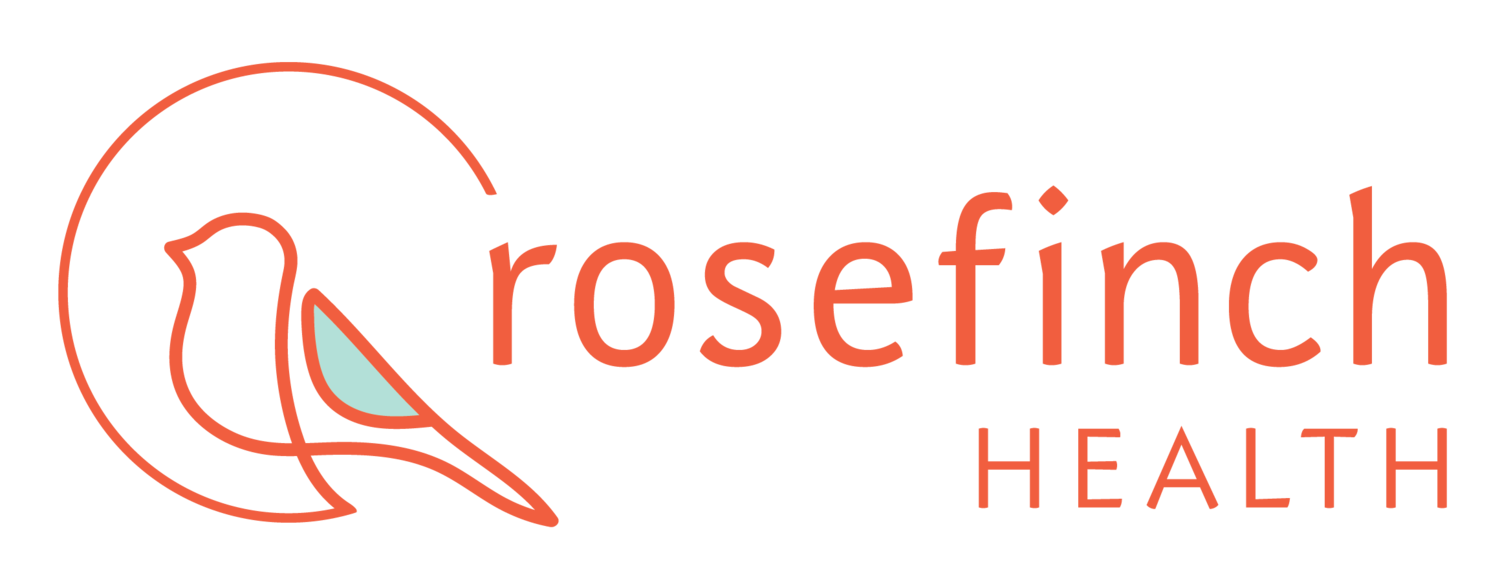Are Your Tampons Toxic? Cancer-Linked Herbicide Found 40x Above Safe Levels + Safer Period Products
Glyphosate, the world's most widely used herbicide since the 1970s, has become a concerning contaminant in menstrual products. Yep, that’s not the news you wanted to read.
This broad-spectrum herbicide is primarily used to control weeds and grasses in agricultural settings, but its presence in cotton-based menstrual products raises significant health concerns for menstruating individuals.
In 2015, the World Health Organization's International Agency for Research on Cancer (IARC) classified glyphosate as a "probable human carcinogen," indicating sufficient evidence of its cancer-causing effects in laboratory animals and limited evidence in humans.
Was there weed killer in tampons?
A recent study conducted by Pan UK, the Women's Environmental Network, and the Pesticide Collaboration revealed alarming levels of glyphosate contamination in tampons sold in the UK market. The tampons tested in the study contained 0.004 mg/kg — 40 times over the legal water limit established for drinking water in the UK.
This finding is particularly concerning given that vaginal tissue absorbs substances easily into loads of small blood vessels, potentially allowing for rapid absorption of chemicals directly into the bloodstream.
Unlike food or water, there are no mandatory tests for herbicides or pesticides in tampons, highlighting a significant regulatory gap in the oversight of menstrual product safety. The study also detected traces of other concerning heavy metals, including arsenic and lead, emphasizing the need for comprehensive testing and regulation of menstrual products.
Does exposure to herbicides impair fertility?
Emerging research has linked glyphosate exposure to reproductive health concerns, including potential associations with endometriosis, hormonal disruption, and fertility issues. Still, more definitive human studies are needed to establish a direct link between exposure to the herbicide and the disease.
While the EPA has not established a Maximum Contaminant Level (MCL) for glyphosate in drinking water, the agency has set health advisories and acceptable daily intake levels of 1.0 mg per 2.2 lbs of body weight. The European Union maintains much stricter standards, with the UK setting a maximum allowable level of 0.0001 mg/kg (0.1 parts per billion) in drinking water.
What are the alternatives to tampons?
At Rosefinch Health, I offer alternatives to patients concerned about chemical exposure from conventional tampons, tailored to their individual needs and preferences. If you have a period, here are some options:
Menstrual cups made from medical-grade silicone offer a reusable, chemical-free option that can last several years with proper care. One limitation of menstrual cups is for folks with vulvar pain. Insertion may be too painful.
Menstrual discs are another option and easier to insert with their soft, medical-grade silicone and more flexible ring. Menstrual discs were formerly called menstrual cups, but have since been rebranded. Three drawbacks are that menstrual disks may not be reusable, they may not be a viable solution for folks with heavy periods, and may still be too difficult to use with vulvar pain.
While not completely risk-free, organic cotton tampons and pads may contain lower herbicide residue levels than conventional cotton products.
Period underwear made from organic materials provides another alternative; however, research specific brands for chemical testing results.
Reusable cloth pads made from organic cotton or hemp offer an economical and environmentally sustainable option.
Everyone’s risk tolerance is different, and the choice of menstrual products should be based on your personal comfort, lifestyle factors, and health concerns. If you would like to learn more about reducing your exposures to reproductive toxins or have a question about fertility, please email me.


